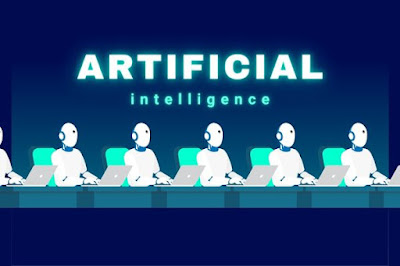In recent years, there has been a remarkable surge in artificial intelligence, particularly in natural language processing. One of the most exciting developments in this domain is the advent of chat GPT, an advanced conversational AI system that has revolutionized how humans interact with machines.
Understanding Chat GPT:
Chat GPT, short for Generative Pre-trained Transformer, is an AI model that utilizes deep learning techniques to understand, generate, and respond to human-like text. Developed by OpenAI, chat GPT is built upon the Transformer architecture, which has proved highly effective in processing and generating sequential data such as natural language. The model is trained on massive amounts of text data from the internet, enabling it to learn grammar, context, and even nuances of human conversation.
Conversational Capabilities:
Unlike traditional chatbots that often produce generic and predefined responses, chat GPT has the ability to engage in dynamic and context-aware conversations. It can generate human-like responses, considering the input it receives and providing coherent and meaningful replies. Chat GPT models have made significant strides in understanding user intent, and context, and maintaining conversational flow, making interactions with AI more intuitive and natural.
Applications of Chat GPT:
- Customer Support: Chat GPT has been extensively used in customer service applications, enhancing the support experience for users. It can handle a wide range of queries, provide relevant information, and even offer solutions to common issues, reducing the burden on human agents and improving response times.
- Personal Assistants: Virtual assistants powered by chat GPT have become increasingly popular, enabling users to interact with their devices through voice or text. These assistants can schedule appointments, answer questions, set reminders, and perform various tasks, simplifying daily routines.
- Language Translation: Chat GPT models have been deployed in language translation applications, facilitating real-time communication across different languages. By generating accurate translations, they break down language barriers and foster global connectivity.
Content Generation: Content creators and marketers can leverage chat GPT to generate engaging and informative articles, blog posts, product descriptions, and social media captions. The model can assist in brainstorming ideas, crafting compelling narratives, and even adapting writing styles to suit specific audiences.
Education and Training: Chat GPT can be utilized in educational settings, providing personalized tutoring, answering student queries, and guiding learners through interactive lessons. It can simulate conversations with historical figures or fictional characters, enhancing the engagement and immersive learning experience.
